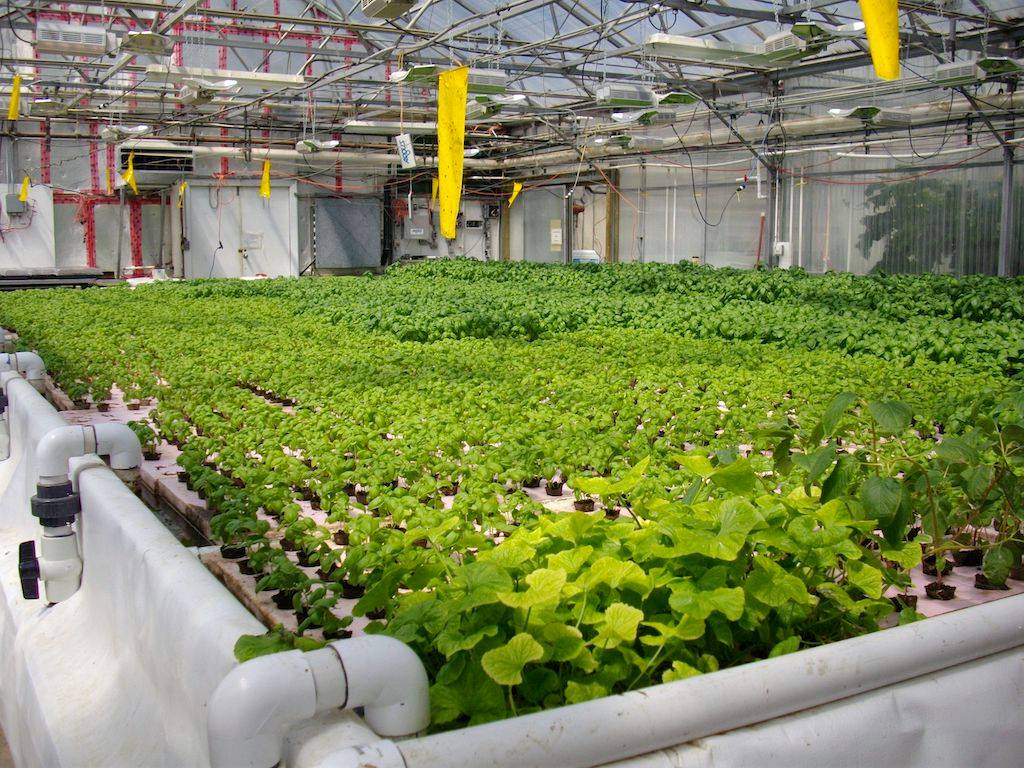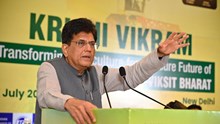
Agriculture is India's largest industry, accounting for almost 75 percent of the country's GDP through farming and other agricultural services. With the improvement of technology and instruments, agriculture has experienced a boom. Tractors and, more recently, other machinery have replaced animal sowing. Crop cutting is no longer a labor-intensive task.
Technology has shown to be the magic spell for the agriculture industry in similar ways. The government has declared the sector's digital development, which will allow digital start-ups to intervene and revolutionise the industry.
Agriculture still requires modernization and the application of several technology. Let's take a look at some of the inventions that have the potential to fundamentally revolutionise agriculture:
Aquaponics
Even in metropolitan locations, the combination of two technologies may generate food in a sustainable manner. The technology incorporates hydroponics, or the practise of growing plants in water without the need of soil, as well as fish farming. Given the growth in population, it is estimated that by 2050, more than 70% of the land would be urbanised. In these situations, the world requires an alternative to traditional agriculture. Aquaponics is one such option. It's a closed loop system that not only delivers nutrients to plant roots via water, but also generates a system that uses less water and energy.
3D Chemical Printing
3D printers have the potential to revolutionise agriculture in India if they are implemented. Farmers will be able to create critical farming chemicals such as herbicides, pesticides, and veterinary medications on their own farms using this technology. It won't take up any more time because it can be made anywhere, at any time. Three key components are required for 3D printing: a software app, a 3D printer, and chemical inks. In India, the technology is currently unavailable. However, if this low-cost technology makes its way to India, it has the potential to revolutionise agriculture.
Remote Sensing and IoT
Farmers and other stakeholders may make management decisions based on landscape-level statistics that include soil type, water table depth, land cover, resource usage, ecosystem data, pest and disease data, and weather using remote sensing technologies. While this information can originate from sensors on the ground or satellites, there are growing potential to employ unmanned aerial vehicles (UAVs) or drones to monitor local land usage and gather satellite data in real time utilising the Internet of Things (IoT).
Digital Imaging Using Smartphones
In developing countries, a new low-cost hyperspectral imaging sensor for smartphones might make it simple to identify agricultural illnesses early and reduce crop losses dramatically. Expandionists can use this technology to scan plants for illness signals, which can then be matched to databases of suspected diseases and actions recommended. Scalers may add new illnesses to the database as they are identified, allowing the database to grow and provide an early warning system.
Sentinal Plants
Sentinel plants, which are also known as signalling plants, operate as indicators of biotic or abiotic stress in agriculture systems. They give early symptoms of crop stress such as alteration of leaf colour. Emerging pests and illnesses, nutritional deficits, and changes in soil conditions can all be detected early by these plants.
















